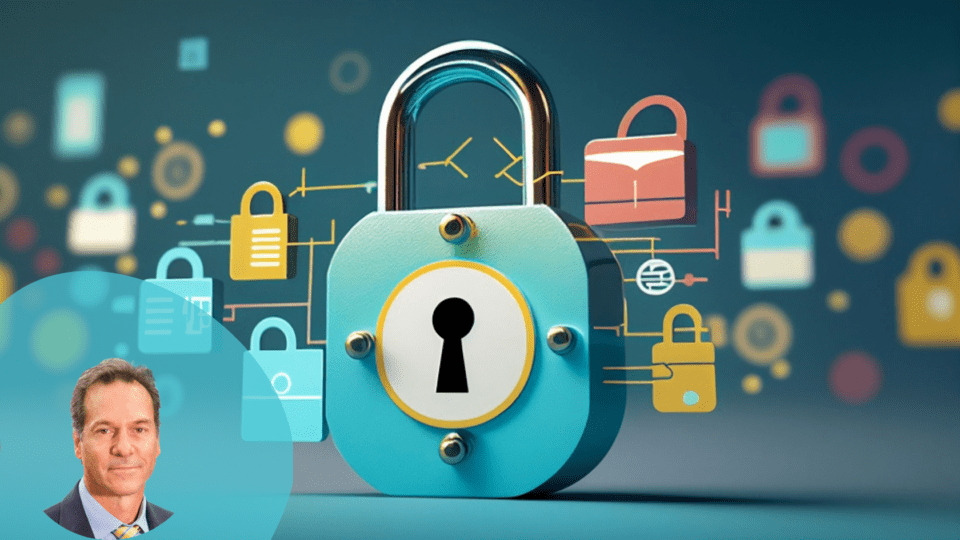With retail crime rising across the United States, many retailers are frustrated by the challenge of curbing the effects of organized and ad-hoc theft. As a result, they’re ramping up their use of physical and visual deterrents — often in the form of locked cases — in the hopes that hardening targets will remedy the issue.
It’s a natural response, and it’s guided by sound logic. If thieves can’t access items without the help of an associate, they won’t be able to execute shelf sweeps or take a product and run. Eventually, with enough barriers in place, they’ll move on to other stores or stop stealing altogether.
However, the reality is more complicated. Retail operations are complex and interconnected; there are no isolated decisions. As such, there are many factors to consider when implementing new loss prevention tactics.
This is particularly true when using solutions that rely on cases, locks and other physical barriers, as they may have unintended consequences. At the top of that list is the effect locks and cases can have on well-intentioned shoppers when not deployed as part of a holistic, data-led loss prevention strategy.
Friction as a Function
Modern shoppers expect always-on, always-accessible, do-it-yourself experiences thanks to self-checkouts, online shopping and connected tech. Retailers have, for years, focused on streamlining shopper journeys by reducing friction throughout sales floors to facilitate seamless, enjoyable experiences.
The problem with turning to physical barriers to harden individual, in-demand targets is that these solutions’ essential function is to create friction. And they do so indiscriminately when not seen as part of a holistic loss prevention program.
While the idea that physical deterrents frustrate shoppers is unlikely groundbreaking for retailers, their impact on shopper satisfaction may be more significant than leaders think. A Sensormatic Solutions survey conducted in 2023 found that over half (51%) of shoppers are unlikely to seek assistance from workers when they encounter a locked item on the sales floor. Instead, they opt to explore more accessible options (27%) or abandon their purchases altogether (17%). Some (7%) even head to other retailers when finding products behind lock and key at their first choice.
Integration and Insight: A Holistic Approach
Before deploying locks and alarms, retailers may want to find ways to get comprehensive insight into their operations. Using connected tools and advanced predictive platforms can help loss prevention teams get the whole picture and make more informed decisions about where and when to use physical barriers. Emerging tools like ultra-high frequency (UHF) radio frequency ID (RFID), computer vision, smart exits and next-generation self-checkouts can work together to illustrate how shoppers — and merchandise — move throughout the store.
While many retailers already implement these tools to learn about shopper preferences, traffic patterns and inventory status, they can also shed light on areas of exposure within individual store locations. When correlated with point-of-sale logs, video surveillance and third-party data related to retail crime, these datasets can show retailers their strategies’ unique strengths and weaknesses.
With this knowledge, retailers can determine where locked cases are doing more harm than good and where they’re actually moving the needle on losses. This allows loss prevention specialists to fine-tune their programs, to harden the targets that matter with physical barriers while reducing friction for well-intentioned shoppers in other areas.
There’s more to a holistic approach than well-conceived physical deployments: RFID tags and smart exits work together to highlight the items that leave the stores with paying customers, those that leave in bulk thefts, and those that go through the doors in incidental shoplifting incidents. This provides a deeper understanding of the items most at risk.
Meanwhile, computer vision can identify suspicious behavior and alert associates of signs that a theft event may be in progress so they may intervene. In short, the in-depth analyses of thieves’ tactics and movements these systems provide empower loss prevention teams to do more than lock up merchandise. It can guide location- or enterprise-wide adjustments to floor plans and labor models that eliminate security gaps to elevate deterrence levels without impeding paying customers.
Deterring with Data
Though physical hardware and security checks may put a dent in the financial impact of retail theft, it’s vital that retailers developing new loss prevention strategies maintain perspective. Locking essential items may help retailers meet loss prevention goals on paper — but they may also hinder progress toward other objectives when not used as part of a complete, data-informed strategy.
This is not to say that locked cases have no place in modern retail locations. It’s quite the opposite. Physical barriers are incredibly effective at deterring theft and should be a part of any retailer’s loss prevention toolset. The key, though, is that they are just one part of a bigger, more complicated puzzle.
Retailers need a point of reference to guide their way. The data from connected ecosystems allows them to see the whole picture so they can determine where each piece fits.
Craig Szklany serves as VP and Product General Manager of Loss Prevention and Liability at Sensormatic Solutions. He has over 30 years of experience at Sensormatic Solutions and has served in various leadership roles across engineering, development, project and product management. In his role at Sensormatic Solutions, Szklany leads the company’s loss prevention business and is responsible for driving innovations that shape the future of loss prevention.




